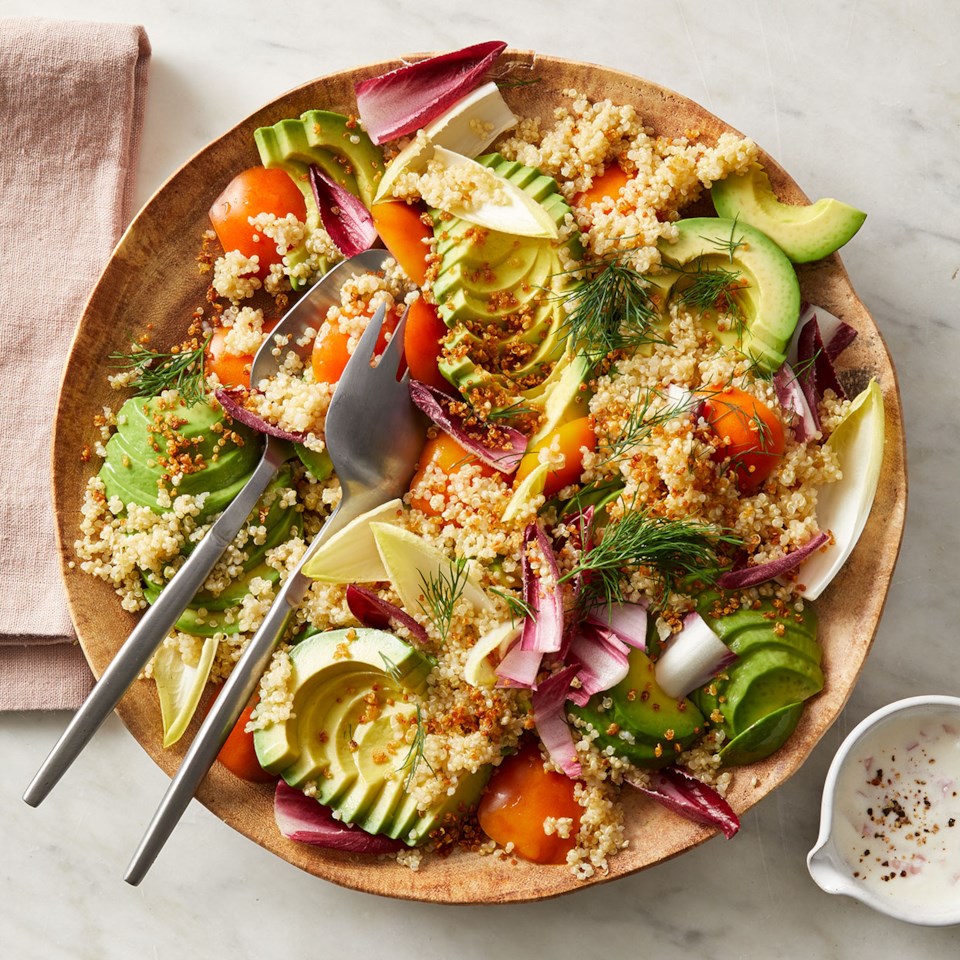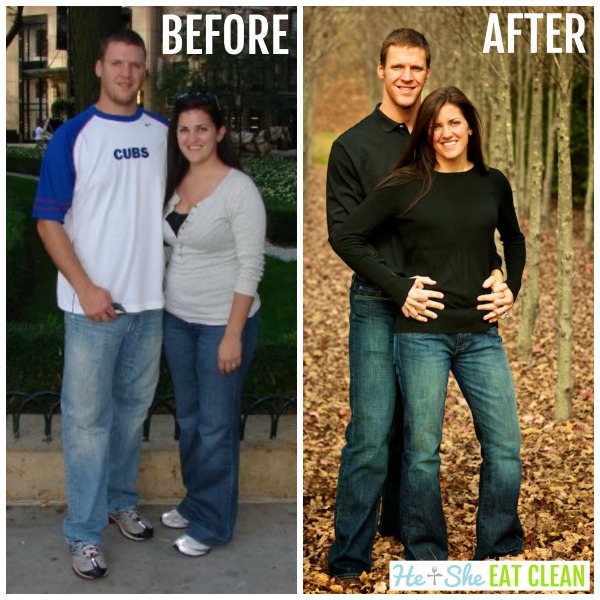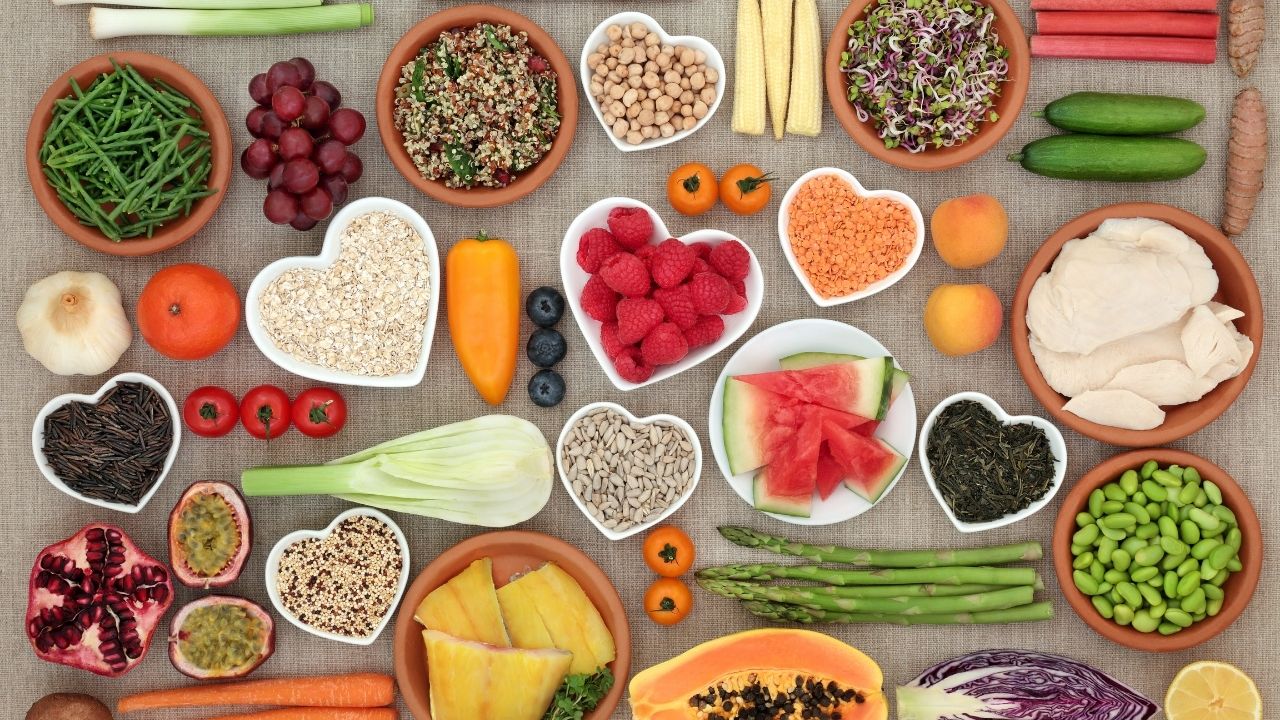
Older people need foods dense in nutrition, meaning they have many nutrients per calorie. These meals should not include processed junk food and only contain fresh, minimally processed foods. Inactive people should be encouraged to get more activity. Exercise is now part of the national food guide system. Here are some ideas to increase the amount of physical activity you do each day. All of these suggestions will help seniors eat well-balanced meals.
Your body's health is dependent on your diet, which should include low-calorie foods that are high in nutrients. These foods are lower in calories and contain fewer calories compared to their high-calorie counterparts. These foods also have vitamins, minerals and lean protein. These food groups are ideal for the heart, and are rich in fiber. These foods may not all be available to vegetarians.

These thumbs, which are approved by a dietitian, can be used to identify nutrients rich foods. These simple labels will let you determine if a product's nutrient-dense. The tags often have an acronym that identifies where the food was obtained. A label like "Dietitian Approved Thums" makes it easy to identify healthy foods. These labels also include information about the nutritional content of the product.
Superfoods are food products that achieve specific nutritional goals. They are not controlled or structured but they are rich in antioxidants and have powerful healing properties. For example, turmeric has anti-inflammatory properties that may help combat illnesses. In addition, superfoods are rich in omega-3 fatty acids, which have been shown to improve lipid metabolism and lower cholesterol. This article also covers micronutrients.
These supplemental food are not very dense in nutrients, but can provide energy and other non-essential vitamins. These supplemental foods can be a part of the many complementary feeding strategies in South and Southeast Asia. In addition to these foods, they are rich in fiber and have low-fat content. They are also nutrient-dense, which is crucial for optimal health. A diet rich in fiber is essential for promoting good digestion. It is important to eat a wide range of vegetables, fruits, and other nutrients.

Vegetables contain a lot of vitamins and minerals that can replace animal proteins. They are also high in nutrition and low in calories and offer a wide variety of essential vitamins, minerals, and nutrients. They support basic cell metabolism and the immune system. Vegetables contain a lot of fiber and are better than meat. Some vegetables even have significant amounts of protein. Vegetables are better than meat and dairy if you cannot eat them.
These ASFs contain a great deal of nutrition. They can be a great way of adding more of these foods into your diet. They are also easy to add to your diet. They are high-in antioxidants which can help prevent disease. The food pyramid may be the best way to increase your superfood intake. A good plan for nourishing your body is a good place to start.
FAQ
Can cardio exercises help me lose weight quickly?
Cardio exercises are great for burning calories, but they don't necessarily help you lose weight. It all depends on how much weight you have and what type of exercise you do.
If you're obese, cardio exercises might not be enough for you to shed those extra pounds.
It is important to combine them with exercise and diet.
Cardio exercises, such as running or jogging, can help you lose weight quickly. These cardio exercises burn more calories than any other type of exercise.
However, if you want to gain muscles instead of losing fat, you must perform resistance training. Resistance training is done with no cost weights, machines, elastic bands, or other equipment.
You can lose weight quickly by combining cardio and resistance training.
For fast weight loss, combine resistance and cardio training.
How Much Weight Can You Lose in a Week?
The amount of weight you can lose depends on your current body fat percentage. First, calculate how much weight your goal weight is and then determine what your BMI (Body Mass Index). Your BMI is a measure of how much weight you need to lose. If your BMI is 25 or greater, you're overweight. If your BMI reads 30 or more, you are likely obese.
Your BMI is calculated at 28.7 if your weight is 200. This would mean that you'd have to lose about 70 pounds in order to reach a healthy weight. To see if you're overweight, visit www.healthyminds.com/bmi/.
This formula can be used to calculate how many pounds you will lose each week once you have determined your BMI.
(Your Goal Weight - Current Weight)/BMI * 7 Number Of Pounds Lost Per Week
If you want to lose 50 pounds in one month, you'd need 2 weeks' worth of exercise, which equals 56 days, divided by 7 pounds lost per day. That works out to 8.3 pounds lost per week.
You could also try this calculator from www.weightlosscalculator.net. It gives you a rough estimate of how many calories you should eat daily to lose 1 pound per week.
How often do people fast every day?
Most people who follow a ketogenic diet fast once per week. But, some people fast twice per week. And others fast three times per week.
Every fast is different. Some people fast for 24 or 48 hours, while others go for 48.
Some people may even stay awake for 72 hours. But, such extreme cases are rare.
Why exercise is important to weight loss
The human body is an amazing machine. It was designed to move. Move your body to stay healthy, whether you are running, swimming, biking or lifting weights.
Exercise burns calories and improves muscle tone. This makes you feel better physically and mentally. Many people have heard the phrase "exercise is important to weight loss." But what does it do?
-
Exercise improves metabolism. When you're active, your body will use energy. Every time you move, your heart beats faster, blood flows to your muscles, and your lungs absorb oxygen. All of these activities consume energy. Exercising can help you burn calories because it increases your metabolic rate. Burning calories is how much energy your body uses during physical activity.
-
Exercise reduces appetite. Exercise can help you lose weight.
-
Exercise builds strength. Muscle tissue requires more energy to function than fat tissue. If you build muscle mass, you will require less food to maintain your weight.
-
Endorphins are released when you exercise. Endorphins are hormones that make you happy. They are released into the bloodstream during exercise. Studies have shown that endorphins can block pain signals reaching your brain. This results in a feeling of wellbeing.
-
Exercise can boost self-esteem. Exercise regularly leads to higher self-esteem. It also leads to a healthier lifestyle.
Start small to lose weight. Consider adding these tips to your daily routine.
What foods can I eat to lose weight quicker?
By eating less calories, you can lose weight quicker. You have two options:
-
Reduce the amount of calories you consume daily.
-
Through physical activity, you can increase the amount of calories that you burn.
It is not easy to reduce the calories you consume. Everywhere you turn, there are many calorie-dense fast foods. But, here's a list of foods that will help you shed those extra pounds.
-
Beans are high on fiber and protein. They have very little fat making them a great option for dieters trying to reduce their caloric intake.
-
Oatmeal is low in calories but high in nutrients like magnesium and potassium. It also has less sugar than most other cereals.
-
Eggs are rich in protein and cholesterol. Eating eggs once or twice a week can boost your metabolism, helping you burn more calories throughout the day.
-
Whole grain bread reduces hunger pangs. This can help you feel fuller and longer.
-
Dark chocolate is full of antioxidants. Flavonoids have been linked to lower blood sugar and improved heart health.
-
Cottage cheese is full of calcium, which helps build strong bones. Cottage cheese also contains vitamin D, which can boost immunity.
-
Omega-3 fatty acid rich salmon is good for your brain and cardiovascular health.
-
Green tea contains a lot of catechins. These are compounds that can fight cancer and improve metabolism.
-
Broccoli is an excellent source of folic acids, which helps to lower homocysteine levels. Homocysteine concentrations that are too high have been linked with an increased risk for heart disease and stroke.
-
Yogurt is a great way to add probiotics into your diet without loading up on added sugars. Probiotics play an important role in digestive health.
-
Berries make a great snack and are very nutritious. All fruits, including blackberries, blueberries, raspberries, raspberries, cranberries and strawberries, are rich in vitamins and minerals.
-
Avocados are packed with healthy fats. A half avocado has only 80 calories and offers plenty of filling fiber and potassium.
-
Nuts are delicious snacks that also provide a lot of protein. All kinds of nuts are great choices, including almonds.
-
Sweet potatoes, another starchy vegetable, are rich in beta-carotene which gives your skin a glow. The orange variety is particularly beneficial because they contain higher amounts of beta carotene than regular sweet potatoes.
How does intermittent fasting impact my sleep?
Yes, intermittent fasting can have an impact on your sleep. You may notice an increase in hunger hormones if you skip meals. You might wake up every night as a result.
Experts recommend skipping breakfast. They recommend eating a light snack before bed.
You can still eat a small meal if you feel hungry after the snack.
Don't overeat. If you do, you will gain weight rather than losing it.
What amount of exercise is necessary to lose weight?
Many factors influence how much exercise is needed to lose weight, such as age, gender, body size, and weight. However, generally speaking, most people need at least 30 minutes of moderate physical activity five days per week.
The American College of Sports Medicine recommends 150 minutes of moderate-intensity aerobic activity each week, spread over three days.
For example, if your goal is to lose 10lbs, aim for 300 minutes of moderately intense exercise per week. This includes activities such as brisk walking, swimming laps, biking, dancing, playing tennis, golfing, hiking, jogging, running, and other similar activities.
Start out with 20 minutes of vigorous physical activity three times weekly if you're just getting started. You could do sprints, lifting weights or jumping rope.
Aerobic exercise helps to build muscle mass and burn calories. Muscles burn more calories than fat. So building muscle while losing weight may help you achieve your goal faster.
Statistics
- One 6-month study showed that simply doing 11 minutes of strength-based exercises 3 times per week resulted in a 7.4% increase in metabolic rate, on average. (healthline.com)
- Among women, the increase in metabolic rate was nearly 4%, or 50 more calories per day (14Trusted Source (healthline.com)
- According to a study sponsored by the American Council on Exercise, a person weighing around 140 pounds (64 kg) would burn 108 calories at a 30-minute beginner's Pilates class or 168 calories at an advanced class of the same duration (26). (healthline.com)
- Another study found that 24 weeks of weight training led to a 9% increase in metabolic rate among men, which equated to burning approximately 140 more calories per day. (healthline.com)
External Links
How To
How to exercise for weight loss
Being active is one of the best methods to lose weight. Many people are not aware of how to properly exercise. You should do cardio exercises, such as swimming, running, walking, swimming, etc., as well as strength training exercises, such as pulling up, pushingups, pull-ups and lunges. Combining these types of exercises is the best way to lose weight. Find friends who are open to joining you on your exercise journey. You can go to a gym, or you can just take a walk around the neighborhood. Whatever type of activity you choose, make sure that you stick with it consistently. It is easy to lose track of your workouts when you first begin. Don't despair if things don't go as planned. Keep going!